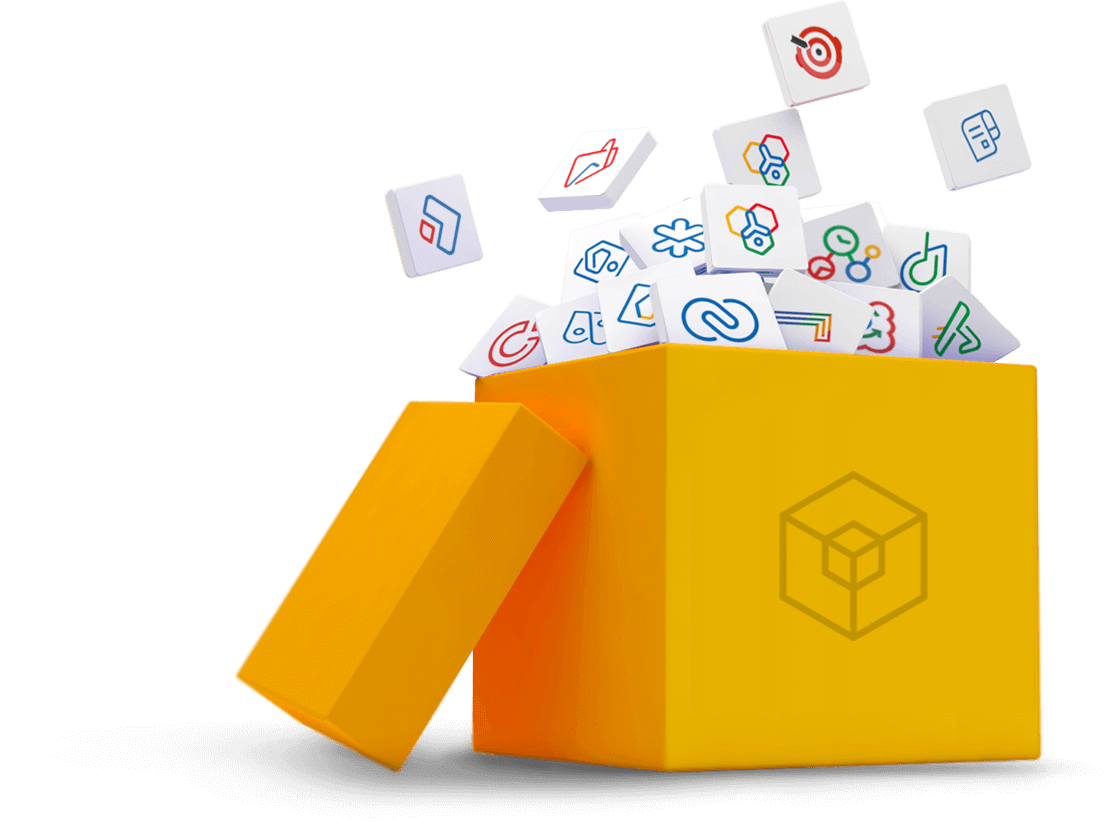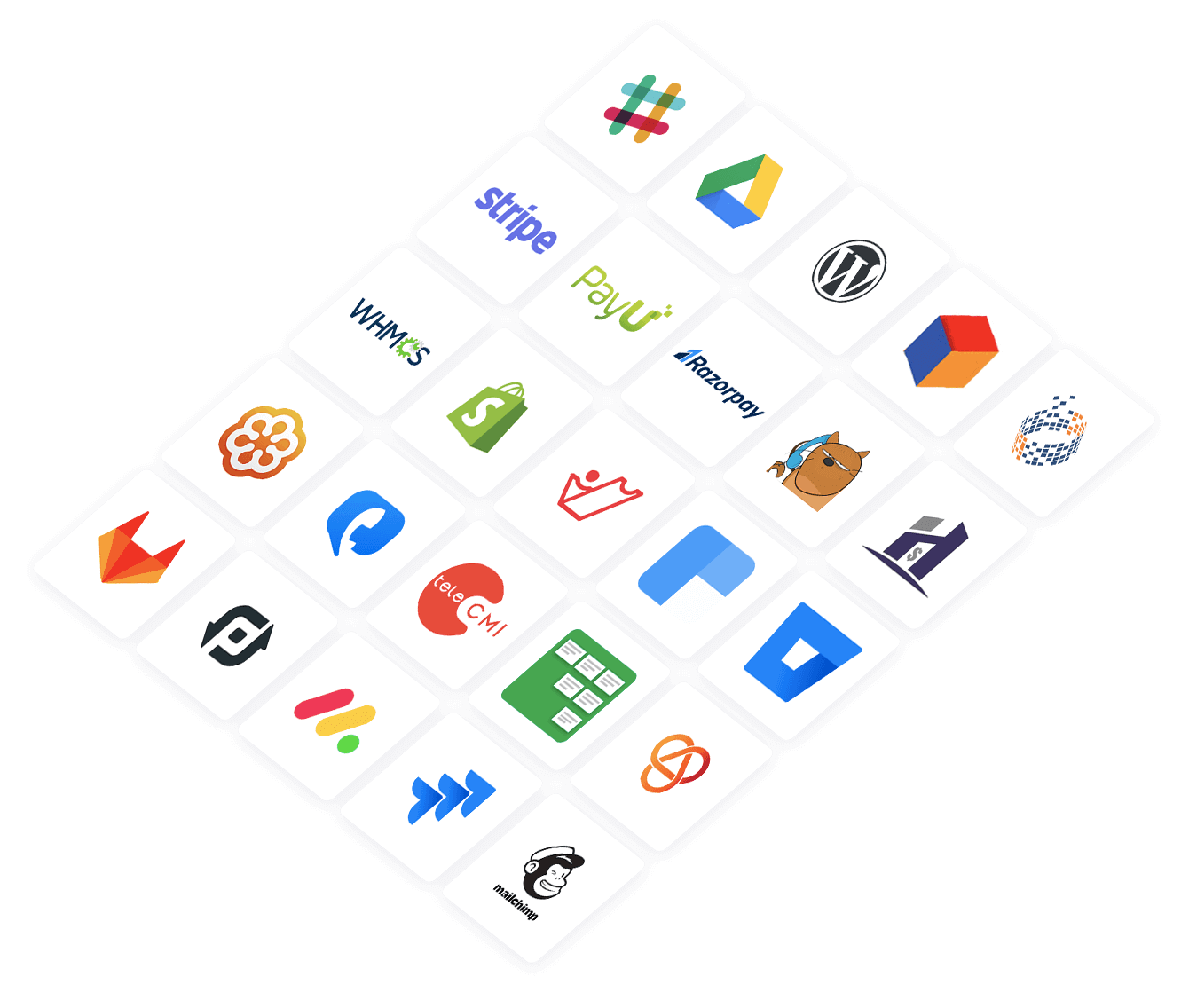- HOME
- Management
- Lead nurturing mistakes
Lead nurturing mistakes
- Last Updated : June 18, 2025
- 101 Views
- 5 Min Read

Imagine this: You've wandered into a store one hot evening, not intending to buy anything yet—but to look around. Just look. The overhead vent drenches you in a welcome respite of cool air; you've barely even had a chance to lay your eyes on the shelves, and boom—you see what you'd been dreading all along: The lurking salesperson.
They start harping on about a new shampoo that's on a discount. But you're in the sunscreen aisle? You mutter that you're just browsing, but their energy, is unwavering. They're throwing sales pitches at you like darts, hoping one of them will stick. You nod, back away, and smile politely. They mean well with their enthusiasm, but it's just a tad overwhelming.
But now imagine a different scene: You're at the same store, looking around. This time, the salesperson greets you with a polite smile and lets you wander. They encourage you to find them if you need anything, and ask if there's anything specific you're looking for. They make gentle suggestions and comments, offer samples, and in the end, they make sure you have a smooth checkout.
This, right here - is the difference between poor and thoughtful lead nurturing.
As product marketers, vendors, or product owners, we often present ourselves—sometimes unwittingly—as the first salesperson. Not because we don't care. But as sales people, we're tailing targets, working at scale, and hoping to outperform ourselves each time. So we focus on what they can do for us. On what we want them to do for us. Hoping to incentivize. Hoping to convert.
What we may not realize—because we're focused more on our need to sell—is that the customer may merely be looking around. Maybe they're just not ready yet. Or they're looking for answers to their questions.
That's where lead nurturing—done right—matters. It's not about chasing down a lead until they give in; it's about walking the journey with them—slowly and patiently, until they're ready.
Below are three foundational mistakes that can derail your efforts, and how to combat them effectively.
Mistake 1: Being too sales-focused
Many businesses treat leads like quick wins. They skip the small talk and jump right to the sale.
The first email they send is a pitch. The second one is probably a discount of 15% if the client can commit right now. The third is a one-time offer in all caps demanding that the client be excited.
But here's the problem: A sales-first approach assumes trust, when in reality, there isn't any. It puts pressure on someone when there's supposed to be patience. It's akin to saying, "Here's what we're selling," as opposed to asking, "How can we help you?"
Effective lead nurturing is not transactional in nature, nor is it focused solely on the result.
The focus, then, should be on strategic and consistent communication, on instilling the quiet confidence and conviction in a client that you're going to be there—not to sell, but to support. And that whenever they decide they're ready—whether it's in six weeks, months, or a year—you'll be there.
What does that look like?
- Listening and asking questions as opposed to imposing your own self-serving goals onto them
- Sharing value by educating them and creating awareness before asking for anything
- Being genuinely helpful, irrespective of whether they're ready to convert
- Showing up consistently, building trust, and concentrating on connecting, not converting
The goal is not to close the sale today, but to become the brand they ultimately put their trust in tomorrow.
Mistake 2: Sending non-personalized, non-targeted content
Imagine handing out university brochures to someone who asked for the best playschools in their vicinity, or offering garish stilettos to someone who asked for running shoes.
You may have the best product on the market, but if you're pushing it at the wrong time or to the wrong people, what's the point?
The essence of this mistake is ignoring context. And context is twofold:
- Where your lead is in their buying journey (Are they at the top, middle, or bottom of the funnel?)
- What they're actually looking to solve (What's their budget? Who's their decision maker? What do they need and when?)
But too often, marketers build a single, one-size-fits-all communication flow; a standard set of emails that play out regardless of who the lead is, what they need, or what actions they’ve taken.
Buyer journey
Not every lead is ready to buy; some are just exploring; some are comparing solutions; others are weighing price and ROI. Every stage needs a different type of conversation.
Top of the funnel (TOFU): Focus on education through blog posts, guides, problem explainers, and industry stats.
Middle of the funnel (MOFU): Build trust through case studies, solution comparisons, and product walkthroughs.
Bottom of the funnel (BOFU): Prompt action through demo invites, pricing breakdowns, and limited-time offers.
Buyer intent
It's not just about when they're buying—but also why.
Are they trying to fix a broken workflow? Automate their reporting? Improve team collaboration? Your product may do all three, but which one matters to them?
Behavioral targeting can help here. Pay attention to what your leads are exploring, clicking on, or engaging with, and let that guide how you approach them.
- Are they browsing a specific product or service page? Send a follow-up with more details or comparisons.
- Are they spending time on your pricing page? Offer a breakdown, ROI calculator, or testimonial.
- Have they dropped off before completing a form or checking out? Nudge them with reassurance or social proof.
Mistake 3: Shying away from automation
Let's face it: Automation has a reputation problem.
When people hear the word "automation," they imagine clunky, soulless messaging pipelines, one-size-fits-all email blasts, robotic workflows, and "Hi <First Name>" disasters.
It's no wonder so many marketers and salespeople avoid it altogether and opt to do it all themselves to make it more personal.
But here's the catch: Personal at scale doesn't mean impersonal. Also, doing everything manually? That's not personal—that's unsustainable.
In reality, good automation isn't a cold machine; it's a smart assistant–one that works around the clock, listens to what leads are doing, and helps you respond thoughtfully and consistently.
You don't have to choose between human and automated. The best systems blend both seamlessly; automation handles the repetitive, the routine, and the mundane, while humans bring empathy, creativity, and nuance.
So then, what can you automate?
- Automatically move leads into the right journeys based on what they do, not what you hope they want.
- Trigger relevant follow-ups when someone engages with a specific page, form, or resource.
- Schedule check-ins, nudge drop-offs, send follow-ups, or alert sales teams when a lead is getting hotter.
To tie everything together, focus on building trust and not on conducting transactions, stay away from generic, trite content, and try to find the right balance between smart automation and the human touch.
Doing all of this for hundreds and possibly thousands of prospects might seem like a daunting task, and it can be if you're doing it all yourself. This is exactly where a customer relationship management (CRM) tool comes in.
A good CRM is not just a database you use to store lead information and send a perfunctory message from time to time; it's an all-encompassing tool you can use to segment leads, track behavior, automate follow-ups, nurture leads, and build journeys that feel personal—even if it's at scale.
In the next blog, we'll dig a little deeper into how you can nurture different types of leads based on how far along they are in their buying journeys, and the different techniques you can implement.
Ultimately, lead nurturing isn't about pushing harder; it's about care, context, and consistency. When we shift from urgency to understanding, we build trust. And that trust is what makes all the difference.




